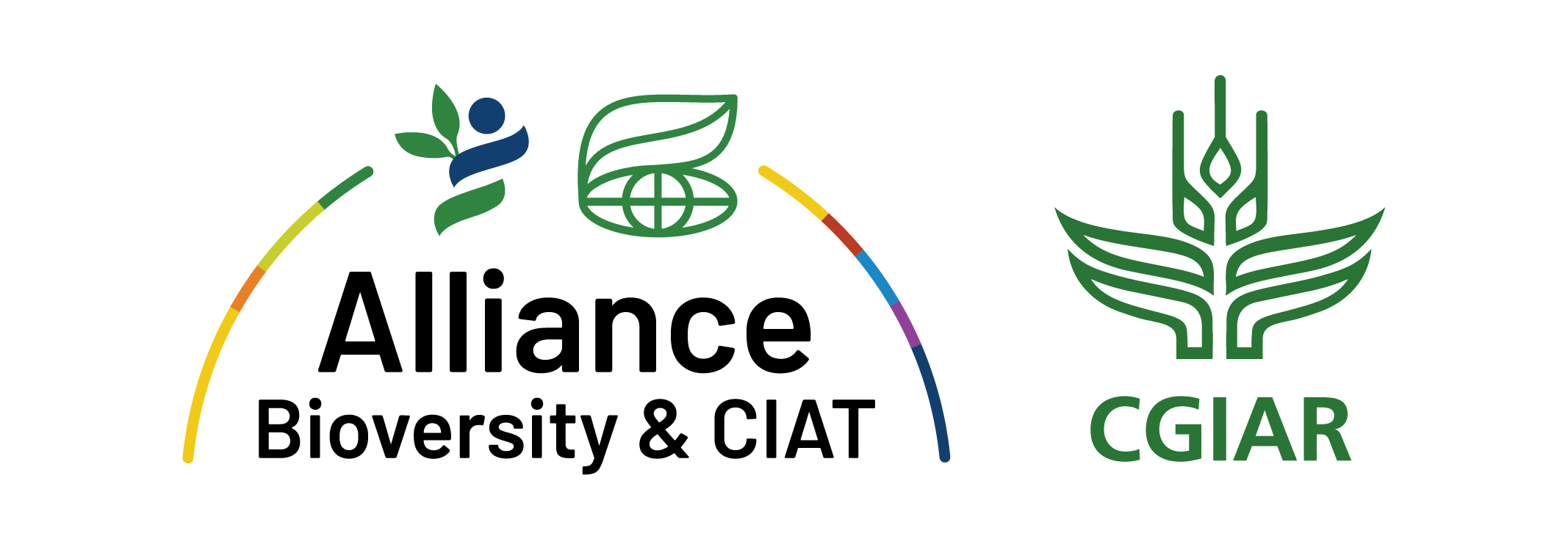Can you tell me a little about your work with ASEAN and how that relates to the APFORGIS project?
CE: As a database specialist, I gather biodiversity data from different sources both global and regional. The ASEAN Member States Regional Clearing House Mechanism receives raw data in various formats from governments, NGOs, museums, institutions and universities. We then develop databases to promote species distribution modeling within ASEAN countries.
What are some of the greatest challenges associated with the work that you do?
CE: The most common challenge that we have is in regards to data structure. Many of the organizations that provide us with biodiversity data have their own database design, where data is available in paper format instead of digital format. In those cases, the ASEAN Member States Regional Clearing House Mechanism provides technical support to digitize the data.
Language barriers also pose a challenge. For example, sometimes local common names for species are used instead of scientific names.
The process to make sense of the data that we receive can take months to complete. We have to be very patient.
What are some of the ways you address these challenges?
CE: There is a lot of important knowledge out there, but right now there are many barriers that prevent people from being able to communicate this knowledge. The ASEAN Member States Regional Clearing House Mechanism is working on eliminating some of those barriers by providing people with biodiversity data training. This includes training on GIS and digitizing species records. We give people incentives to attend the training session by inviting them to join the training for free. These training sessions enable participants who are providing us with data to be more helpful to us when it comes to promoting species distribution modeling.
Recently, we had a training session in Timor-Leste on mapping. We gathered and downloaded data about all of the native species in Timor-Leste. At the training session, we printed out a large map, distributed paper icons to participants, and used plastic sheets to lay over the printed map, indicating protected areas. This enabled people to interact with the map-making process, because most of them did not have much familiarity with mapping on the computer. We saw that people really enjoyed being able to interact with the maps. The process was easy, but very effective.
What are some of your hopes for APFORGIS?
CE: I hope that APFORGIS doesn't end when the current project ends. I have been a part of several projects that work to develop a new system or a network in the past. But after the project ends, the website stops being maintained and information about the project becomes inaccessible. I hope that APFORGIS will not end up a static website. I would like to see APFORGIS continue after this project ends, simply with less human intervention required. For example, APFORGIS could develop user-friendly web services, like an R package or mapping tool that could be used to get information like maps and species lists online.
Read more about what APFORGIS is doing to support the conservation and restoration of socio-economically important, native Asian tree species.

